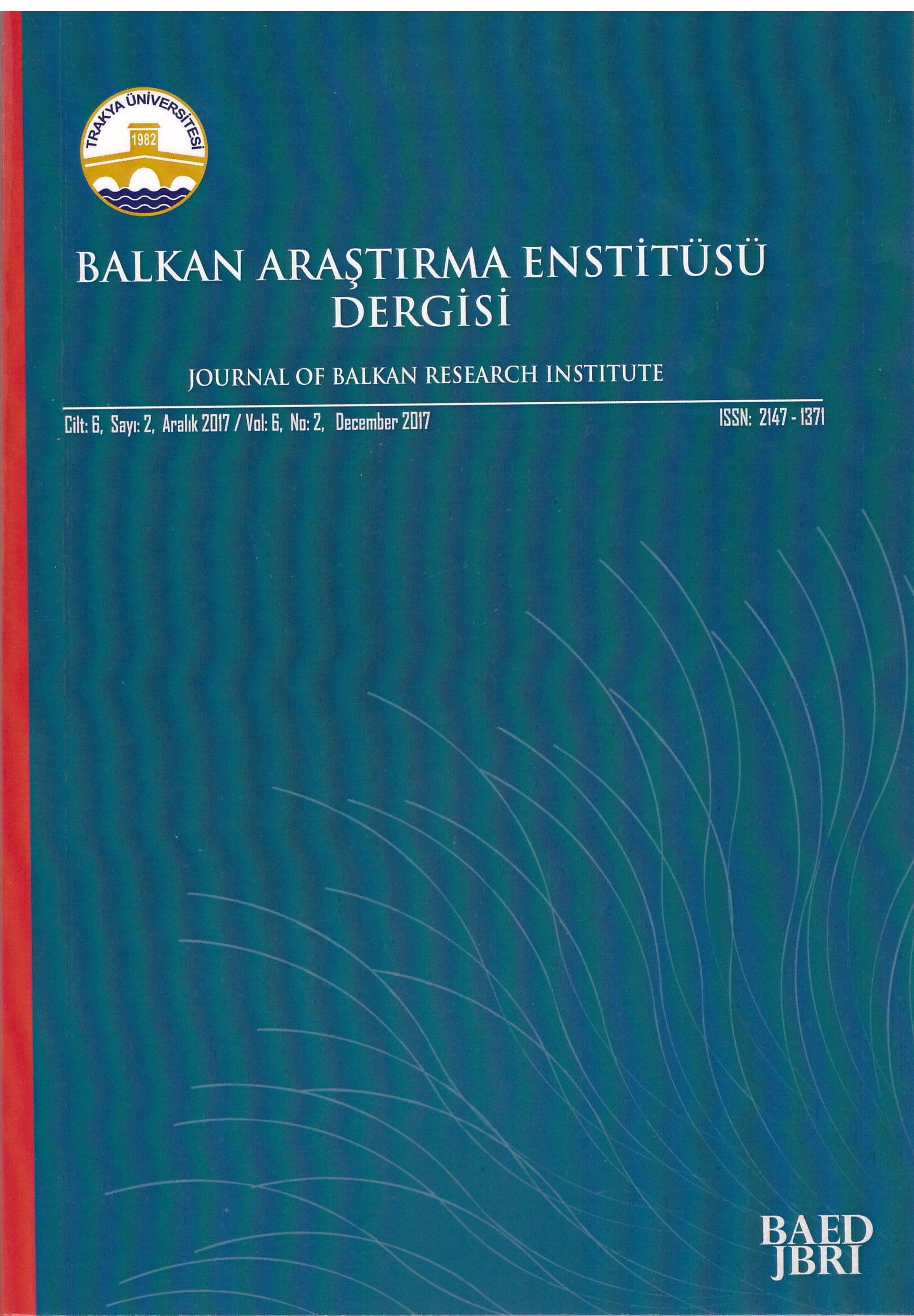SOĞUK SAVAŞ SONRASINDA SANCAK’TAKİ GELİŞMELERE DAİR BİR DEĞERLENDİRME
AN EVALUATION ON THE DEVELOPMENTS IN SANDZAK AFTER THE COLD WAR
Author(s): Ilker AlpSubject(s): Ethnohistory, Political history, Transformation Period (1990 - 2010), Post-Communist Transformation, Inter-Ethnic Relations
Published by: Trakya Üniversitesi Balkan Araştırma Enstitüsü
Keywords: Sandzak, Bosniak; Serbia; Montenegro; Yugoslavia;
Summary/Abstract: Falling under the rule of the Ottoman Empire in the 19th century, Sandzak was occupied by Serbia and Montenegro in the Balkan Wars and shared by these two states with the Belgrade Agreement signed in 1913. Sandzak stayed under the rule of Serbian-Croatian-Slovenian Kingdom and its successor Yugoslavia in the First World War and was occupied by German and Italian forces during the Second World War. After the Second World War, Sandzak was split up between Serbia and Montenegro according to 1913 borders. Yugoslavian administration followed policies forcing the Turks and the Bosnians in Sandzak to migrate until the end of the Cold War. However, the Serbians and the Montenegrins continued the same politics after the Cold War. Therefore, the Bosnians of Sandzak began to establish their own political parties and organizations in order to ensure grant of their rights, gain autonomy or unify with Bosnia-Herzegovina after transition to multiparty system. Following the civil war in 1991 in Yugoslavia, Croatia, Slovenia and Macedonia declared their independence. In this process, Serbia and Montenegro established the Yugoslavia Federal Republic in 1991. Sandzak remained in the administration of the new state. Sandzak Muslims, who are regarded as the religious minority according to the constitution of the Federal Republic of Yugoslavia, suffered repression and persecution during the civil war, especially during the Bosnian and Kosovo wars. After the establishment of the Serbia-Montenegro State in 2003, some reforms were made in favor of Muslims within the framework of reforms carried out to become a member of the European Union (EU). But as a result of the referendum held in 2006, Montenegro departed from Serbia and Sandzak was re-shared between these two states. The division of Sandzak was a process against the ongoing struggle for the unification of the Bosnians and other Muslims in the Balkans. In this study, the situation of Sandzak in the post-Cold War era and the challenges for the autonomy, independence and Bosnia-Herzegovina unification of the Sandzak Muslims were discussed.
Journal: Balkan Araştırma Enstitüsü Dergisi -Trakya Üniversitesi
- Issue Year: 6/2017
- Issue No: 2
- Page Range: 227-260
- Page Count: 34
- Language: Turkish

